Plymouth - the City
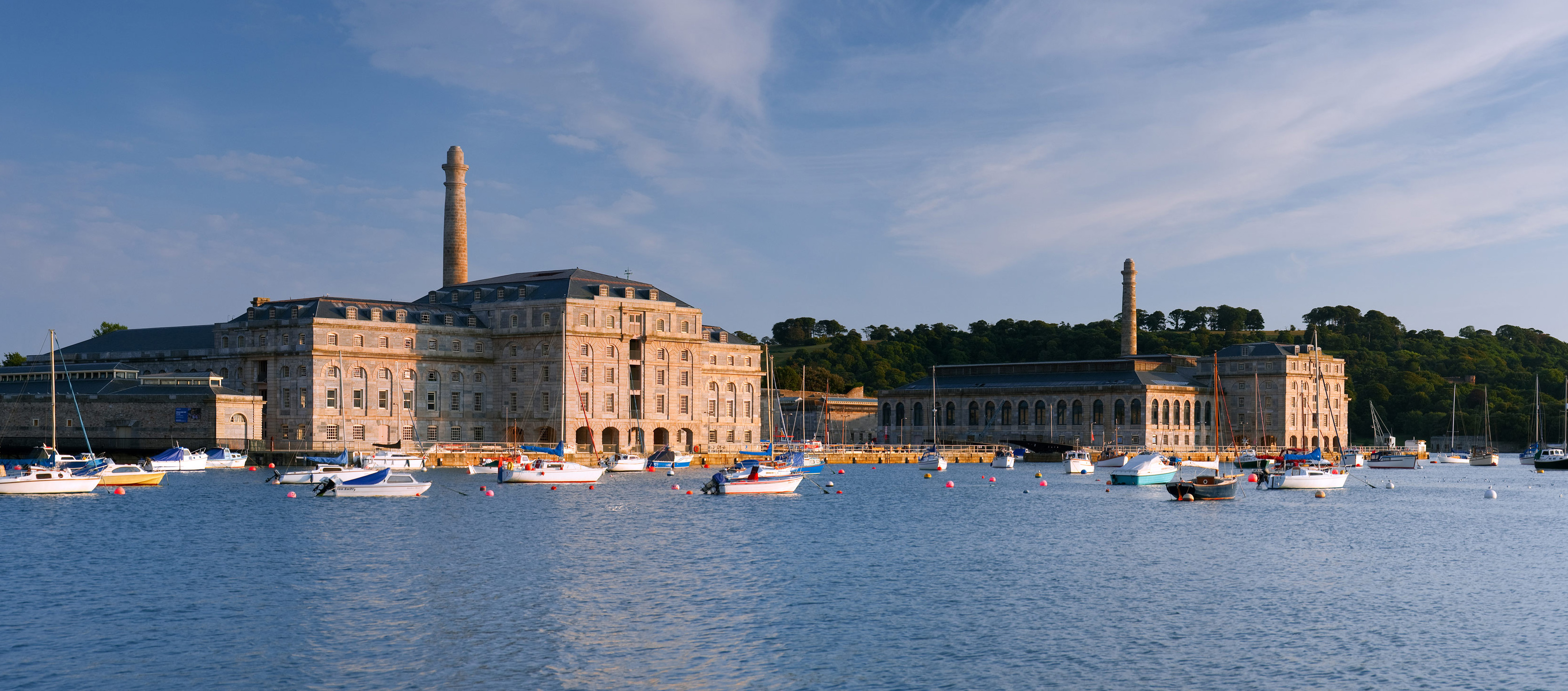
Plymouth is the city that shaped lives of Drake, Darwin, and many more who set sail from her harbour with a burning spirit of discovery. Today, her maritime heritage has blended with contemporary culture to create a city with a strong international tradition offering the best in entertainment, nightlife and shopping.
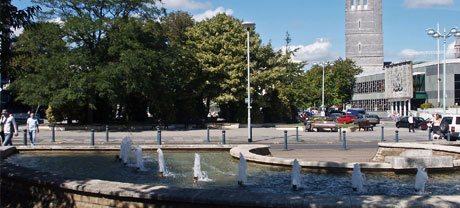
The city's modern pedestrianised centre - right next door to the University campus - has all the usual high street shops as well as bars, cafes, clubs and restaurants. In contrast, the Barbican area is one of the oldest parts of Plymouth, where narrow Elizabethan streets house small quirky shops, art galleries, bars and the Gin Distillery, world famous for its unique gin since 1793. Opposite the Barbican stands one of the best and most modern scientific exhibitions in Europe - the National Marine Aquarium. The Aquarium provides a range of VIP Aquarium passes including a day's diving with sharks!
Plymouth has a rapidly developing music and comedy scene focused on the Plymouth Pavilions - a multi-million pound complex
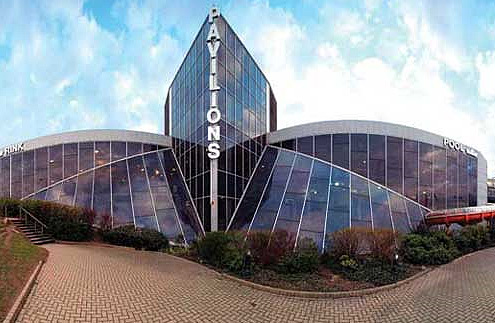
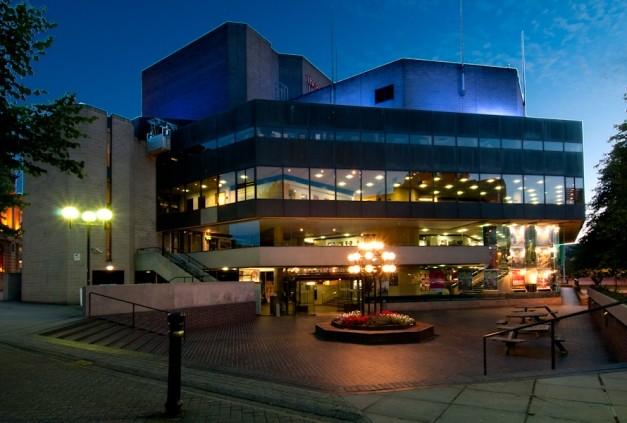 attracting many top productions and bands - and smaller venues hosting a wealth of up-and-coming local talent. Of the city's four theatres, the largest is the Theatre Royal, which attracts - and has produced - many West End successes. Cinema ranges from a 15-screen multiplex to an arts centre concentrating on less mainstream movies.
attracting many top productions and bands - and smaller venues hosting a wealth of up-and-coming local talent. Of the city's four theatres, the largest is the Theatre Royal, which attracts - and has produced - many West End successes. Cinema ranges from a 15-screen multiplex to an arts centre concentrating on less mainstream movies.
Attractions in Plymouth
Smeaton's Tower
Smeatons Tower has been Plymouth's most famous landmark ever since the 1880s. It was constructed in 1759, once standing guard over the Eddystone Reef 20 miles off Plymouth. Moved to the Hoe in 1852 when its foundations started to collapse. Climb the 93 steps and enjoy the spectacular panoramic view over the city and beyond.
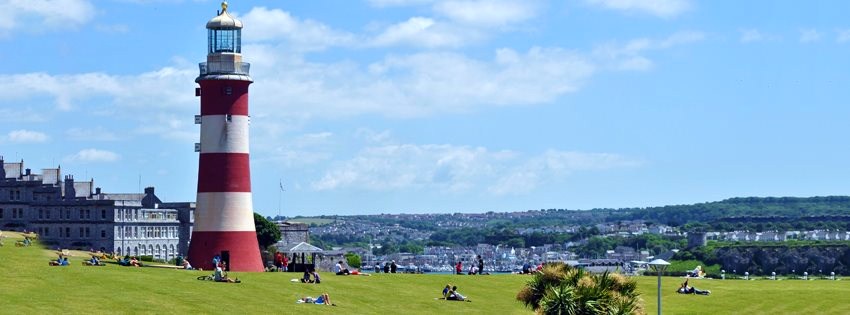
Blackfriars Gin Distillery (Plymouth Gin)

Since 1793, they have been crafting their world renowned smooth gin at Blackfriars Distillery. Explore the site and discover some of the secrets behind the legendary smooth taste of Plymouth Gin.
National Marine Aquarium
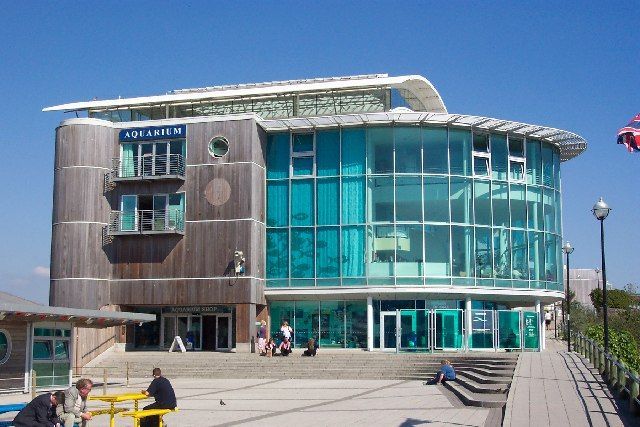 The National Marine Aquarium is Britain's foremost aquarium and in the years since it opened it has attracted millions of visitors through its doors. A wonderful attraction for all the family. Children are mesmerised by the sea-horses, whilst their parents will gaze in awe at the cinema screen size Atlantic Wall.
The National Marine Aquarium is Britain's foremost aquarium and in the years since it opened it has attracted millions of visitors through its doors. A wonderful attraction for all the family. Children are mesmerised by the sea-horses, whilst their parents will gaze in awe at the cinema screen size Atlantic Wall.
 Huge conger eel coming out of the gloom to investigate the divers at feeding time. Maybe see the turtle gliding past the window of the Coral Sea? Or the silver mullet of the Tidal Zone shoaling just below the water's surface. Can you see the eyes of the flatfish poking out of the sand?
Huge conger eel coming out of the gloom to investigate the divers at feeding time. Maybe see the turtle gliding past the window of the Coral Sea? Or the silver mullet of the Tidal Zone shoaling just below the water's surface. Can you see the eyes of the flatfish poking out of the sand?
Elizabethan House
On Plymouth's historic Barbican, you'll find an ancient doorway that takes you back in time to Drake's Plymouth.
The Merchant's House
A historic building tucked away down one of the city's oldest streets - the Merchant's House is Plymouth’s largest and finest surviving example of a 16th/17th century residence.
Crownhill Fort
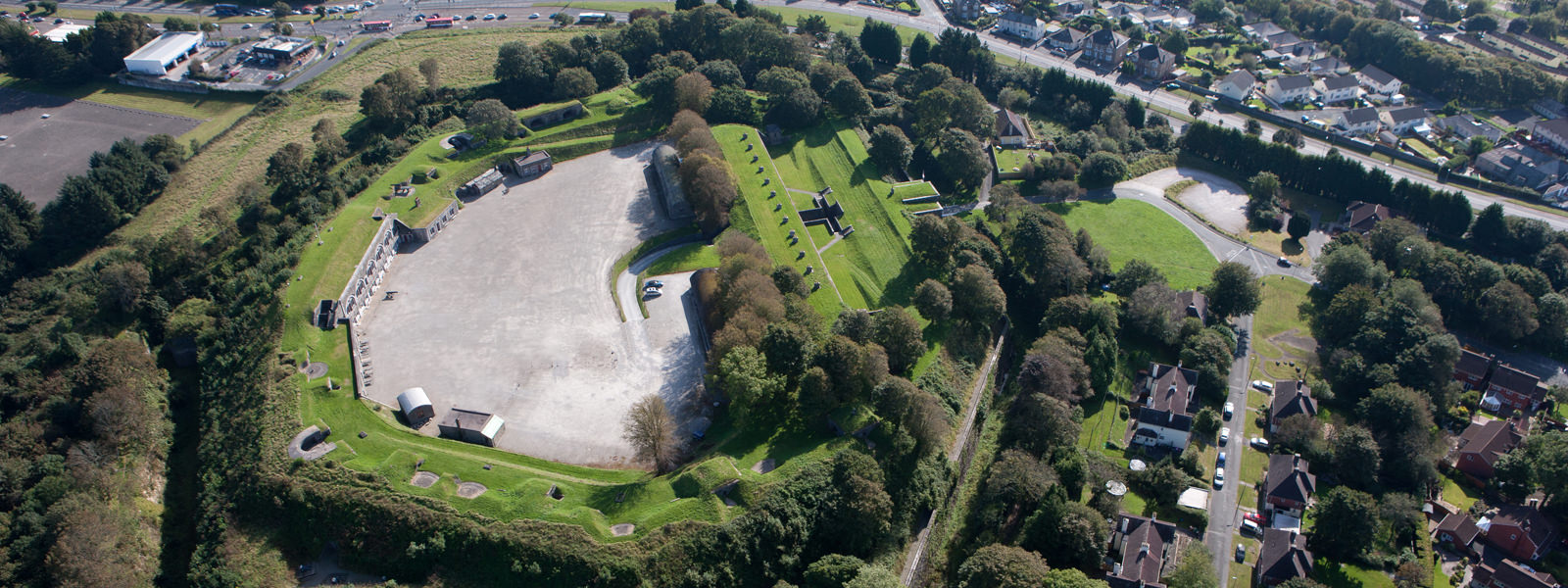 Crownhill Fort may look like a green and wooded hill but it was once a formidable fighting machine - the largest and most important of the great Victorian forts built to defend Plymouth from attack by land as well as sea. Suitable for all ages.
Crownhill Fort may look like a green and wooded hill but it was once a formidable fighting machine - the largest and most important of the great Victorian forts built to defend Plymouth from attack by land as well as sea. Suitable for all ages.
Saltram House
This perfectly proportioned Palladian mansion with a Tudor heart, is the result of centuries of extravagance and sophistication. It features some of Robert Adam’s finest interiors and an exceptional collection of paintings, including ten by Sir Joshua Reynolds.
Mayflower steps
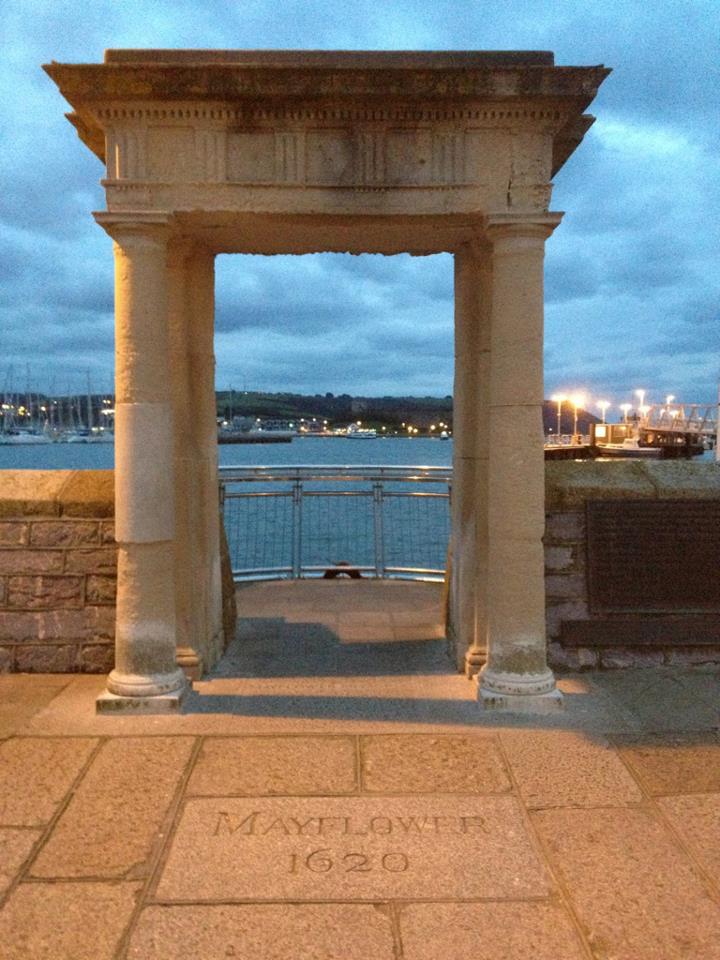 Visit the world famous Mayflower Steps, the spot close to the site on the Barbican from which it is believed the Pilgrim Fathers set sail for North America in 1620.
Visit the world famous Mayflower Steps, the spot close to the site on the Barbican from which it is believed the Pilgrim Fathers set sail for North America in 1620.
The passengers who came predominantly from East Anglia sought religious and other freedoms. They had no links with Plymouth, but because of bad weather in the English Channel they were forced to put in at Plymouth seeking shelter and essential repairs. The 'Steps' today consist of a commemorative portico with Doric columns of Portland stone that was built in 1934, and a small platform over the water with a brushed steel rail and a shelf with some nautical bronze artwork and historical information. It is on a small pier that was built about a century ago when some very old houses that were blocking construction of a road around the seaward side of the Citadel leading to the Hoe were cleared together with the significant Watch House.
Attractions Around Plymouth
Dartmoor: explore the wide open spaces of the high tors, the edges of the Moor dotted with villages with thatched cottages, rivers such as the Dart and Teign tumbling to the sea.
River Tamar: fancy a pleasure boat trip? Take a cruise from the Barbican into Plymouth Sound and tides permitting up the upper reaches of the tidal River Tamar past the Devonport Royal Dockyards, with its frigates and nuclear submarines. Inland the river is crossed by several ancient stone arch bridges such as Greystone shown here.
Explore the Granite Way: part of the Devon Coast to Coast. A nice mainly off road Cycling in Devon ride along a disused railway line, around the northern slopes of Dartmoor. Take great care when crossing trafficked roads.
Nice Walks: climb to the top of Brentor for, on a clear day, fine views for miles around. The tiny church of St Michael de Rupe sitting on top of a plug of granite rock. Though difficult to see from the ground, the hill is in fact guarded by the remains of an iron age rampart on its south west flank. The church itself is believed to date from the 12th century. Then visit Lydford Gorge.
Finch Foundry Museum: sticklepath near Okehampton. Fascinating 19th-century water-powered forge in working order. From 1814 to 1960 produced edge tools, from hay and manure forks to shovels-cornish, clay and wing turf them, for agriculture and mining in the South West.
Morwellham Quay: though derelict and abandoned for over a century is now restored - an award winning visitor attraction on the Tamar. Given the so peaceful and tranquil spot it is today it is hard to imagine it was once the "Greatest Copper Port in Queen Victoria’s Empire".
Castles: explore Lydford Castle dating from the 11th century, an imposing now roofless three story tower atop a grassy motte. Surrounded on one side by trees and with the parish church, awash with bluebells in spring next door. Okehampton Castle -imposing ruins dominating the West Okement river valley on the western edge of Dartmoor, a mile from the town centre.
Tavistock: on the western slopes of Dartmoor a delightful and friendly market town in West Devon. Its recorded history until recent times shaped firstly; by the presence of an Abbey, and then by the influence of the Dukes of Bedford.
Okehampton: nestling in the foothills of the northern slopes of Dartmoor, the East and West Okement Rivers, rushing through steep often wooded valleys, on their way to the sea. Popular with walkers and cyclists for its closeness to both the high peaks of the northern edge of Dartmoor, such as High Willhays and Yes Tor, and for largely off road cycling trials such as the Granite Way.